Piloting in Budapest has focused on bringing citizens closer to the Danube.
The first intervention regarded the creation of a Mobility Point at St. Gellért, a busy transport hub along the Danube river bank on the Buda side. Five mobility providers joined the initiative and e-cars, scooters and bikes are now at disposal for all those who need to find a transportation means for the first or last mile or simply want to take a tour in the city with sustainable means of transportations. With the exception of e-scooters (which are collected in the evening and charged at night), all means are available the whole day. Since the launch on 1 May and above all after the official opening ceremony held on 10 May, the usage of sustainable transports has increased every day and data analysis is showing surprising results. For example, rides tend to have longer routes than expected (on average, 8 km longer than predicted). Less surprisingly, scooters are extremely popular. Through Cities-4-People, the e-scooter service is piloted as such, since no regulation currently exists and scooters were not allowed in Budapest before. The fleet is limited to 200 vehicles and the operation zone is still restricted.
Urban mobility and proximity to the river have also been improved through the second intervention, notably the opening of the quay between the Liberty bridge and Erzsebet bridge to pedestrians and cyclists for several weekends in a row. During two weekends in June, a line has been introduced to divide the bike lane from the walking path. At the same time, cars have been rerouted on the tramway. Given the success of the intervention, the local team is now considering extending it to the four weekends of July.
Finally, the public will be invited to discover the city following a 3-km walking path with 10 stations along the Danube. The path will be inaugurated in July. There are navigation signs to guide people from one station to the following one. Each station is provided with a table reporting information on the specific spot, fun facts and quizzes, together with an explanation of the Cities-4-People project. The introduction of the gamification element aims to encourage people to explore the city in a fun way, while promoting healthier mobility (i.e. walking). At a slow pace, the entire path can be walked in about an hour.
You can also read about the Mobility Point on CIVITAS website.

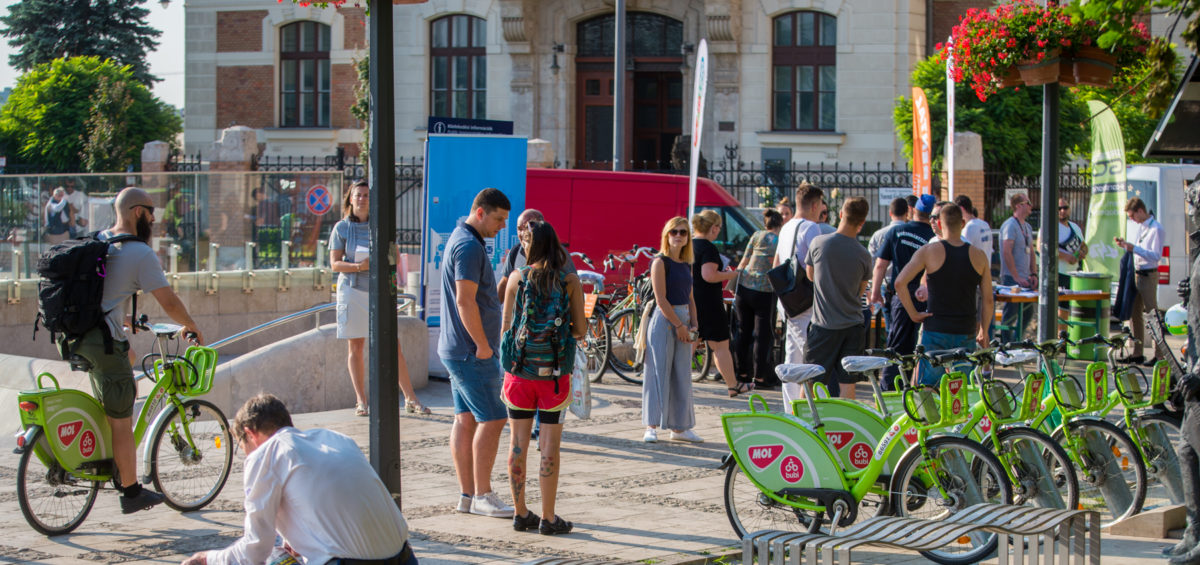


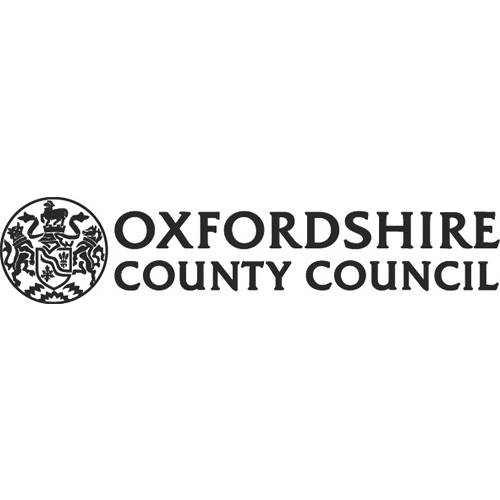


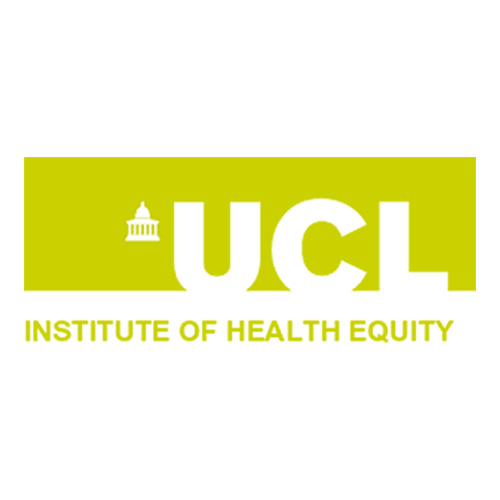


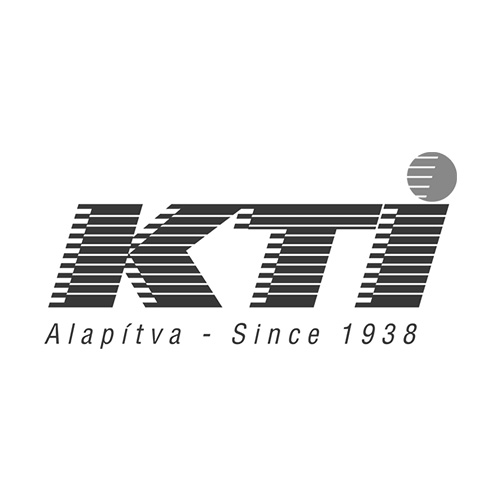
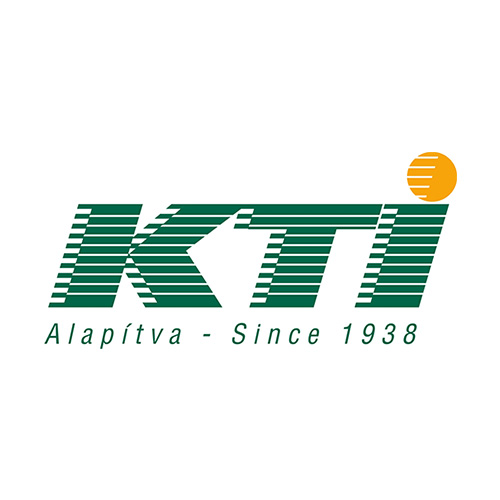
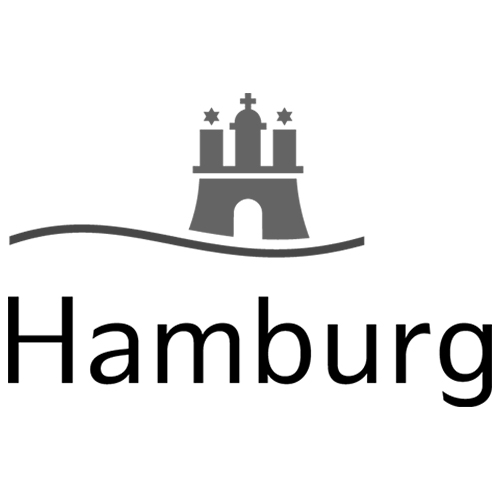
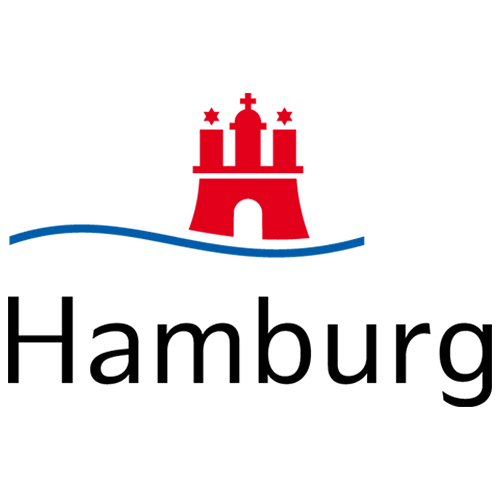
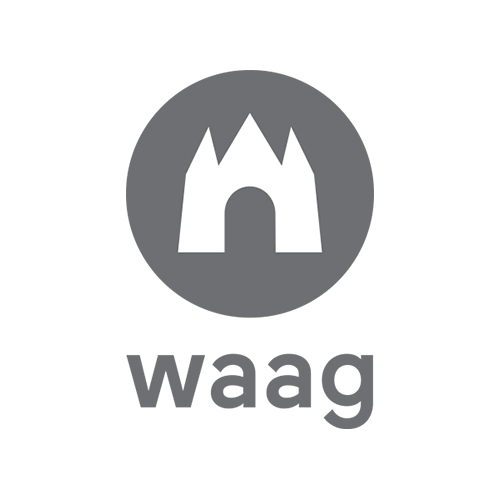

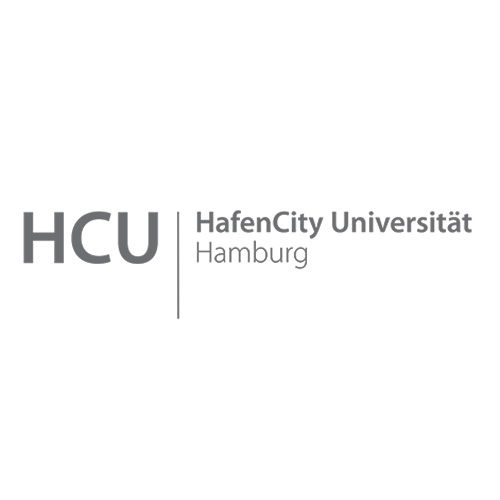
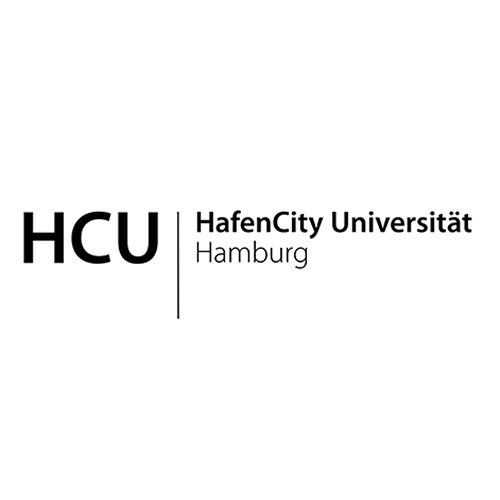
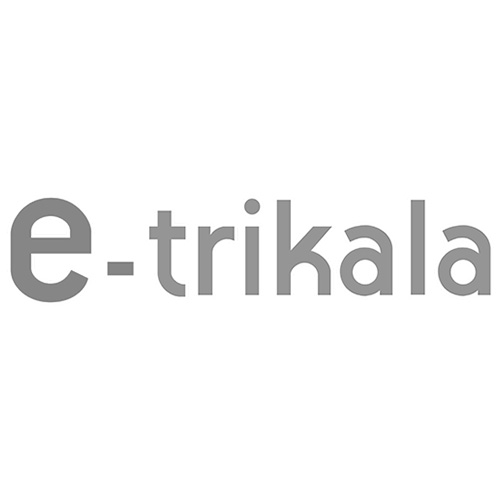
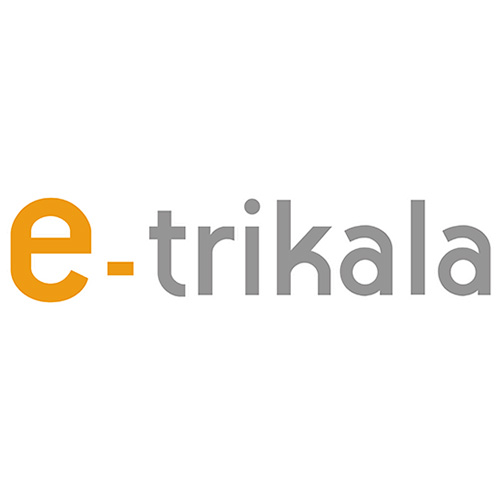








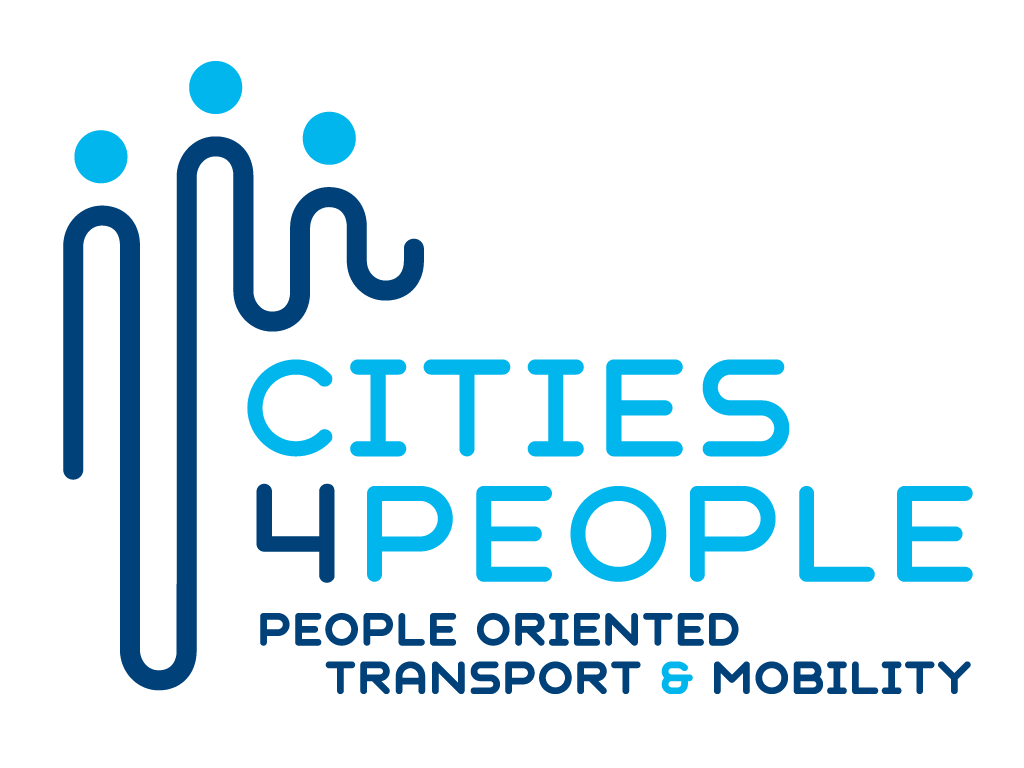
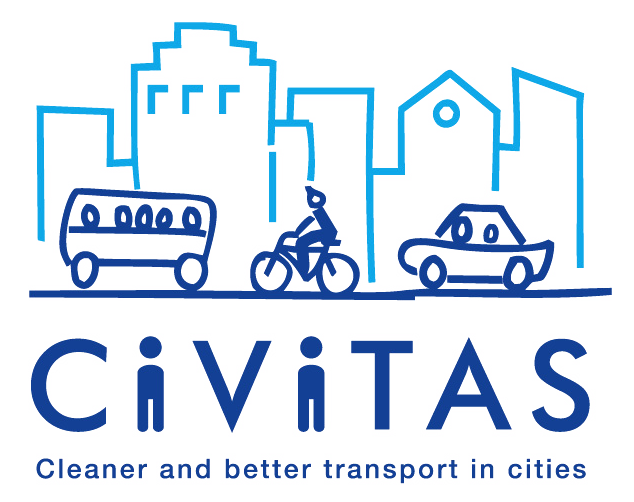


 Magyar
Magyar Ελληνικά
Ελληνικά Deutsch
Deutsch Turkish
Turkish